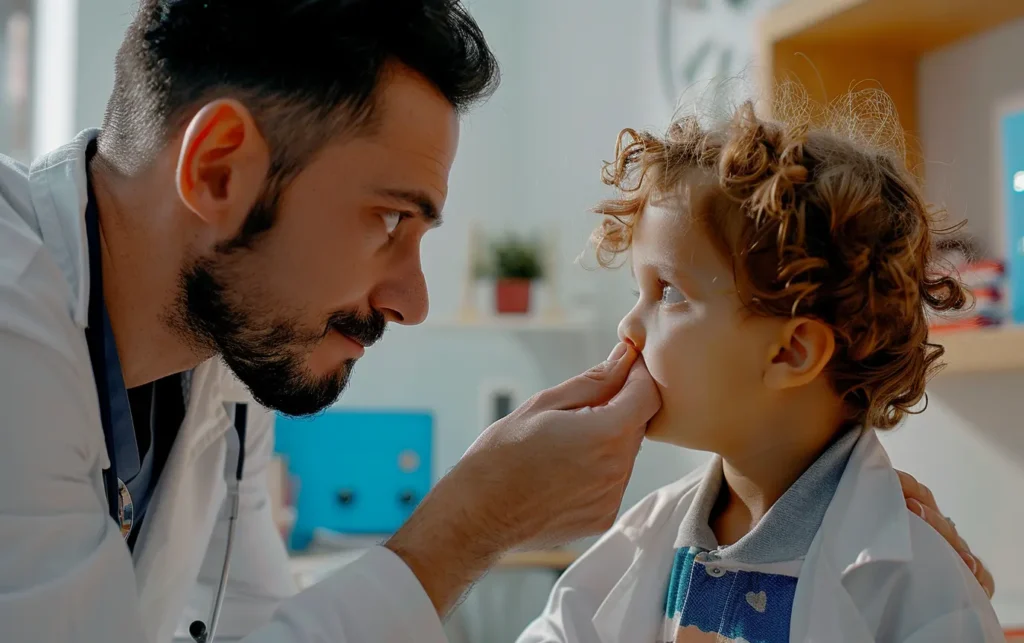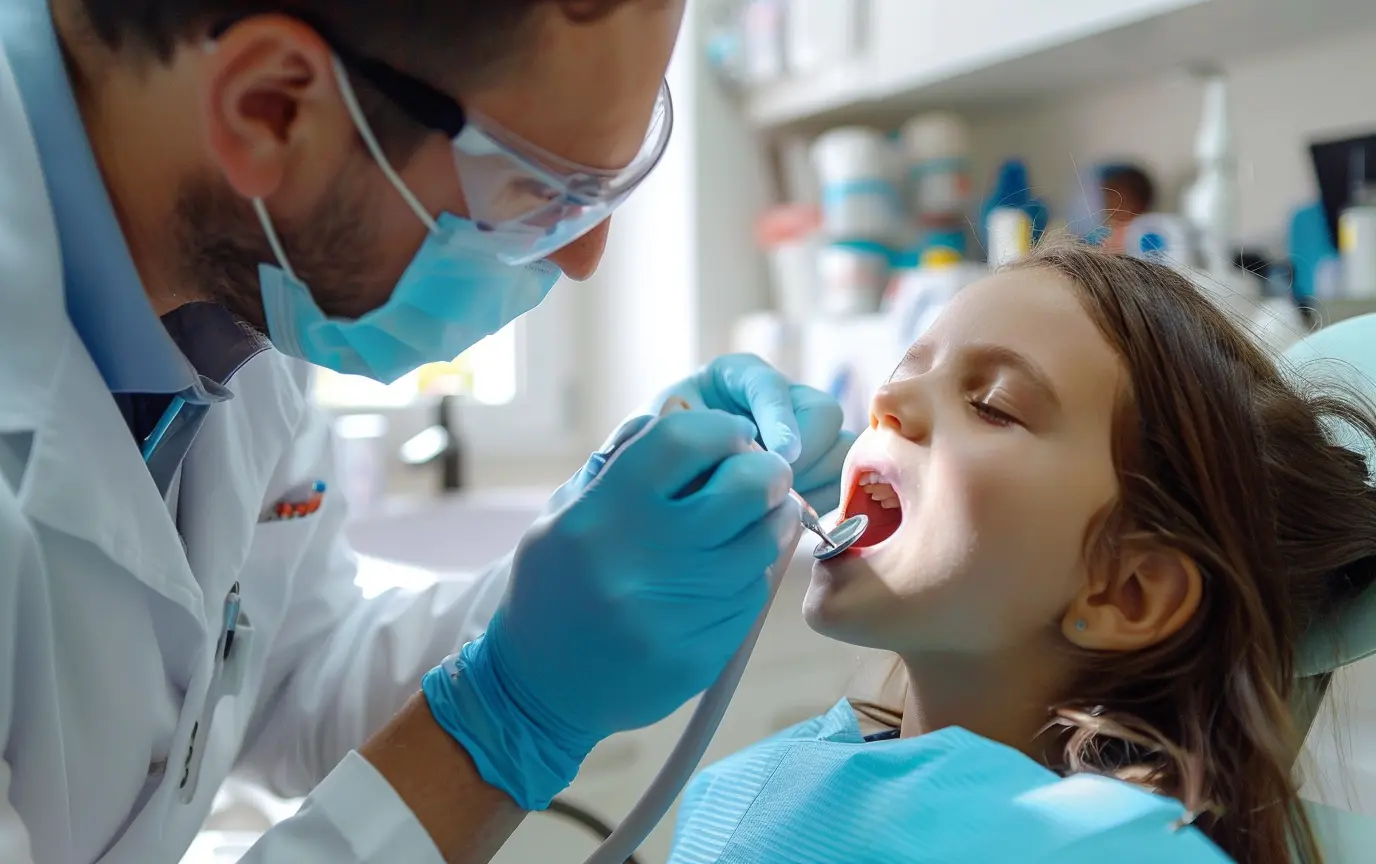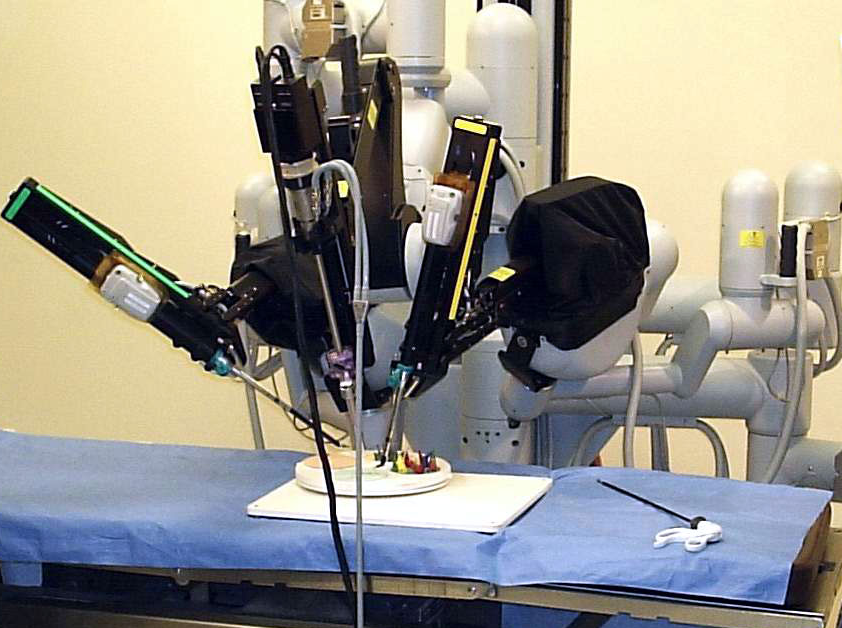

The Role of Adenoids
Adenoids are often mistaken for being multiple tissues, but they are actually a single tonsil located at the back of the throat (pharynx).
Adenoids are part of a group of tonsils called Waldeyer’s ring, which also includes:
- Two palatal tonsils
- Two tubal tonsils
- Lingual tonsils
All these tonsils, including the adenoids, play important roles in the body’s immune system and blood cell production (hematopoiesis).
They are made up of lymphoid tissue, which contains high concentrations of lymphocytes (a type of white blood cell) and antibodies.
These components work together to defend the body against harmful viruses and bacteria that may enter through the mouth or nose.

Normal Enlargement of Tonsils in Young Children
Enlargement of the tonsils in young children is normal, as they participate in both local and general immunity at an early age.
About 30 years ago, the role of tonsils was not well understood, so most children had their tonsils and adenoid growths removed if they became inflamed, overgrown, or infected.
This stereotype still exists among some grandparents and doctors.
Factors Contributing to Adenoiditis
The pharyngeal tonsil (adenoids) and palatine tonsils have many grooves and crevices on their surface, which make it easy for microorganisms from the nose and mouth to attach and grow.
This can lead to inflammation of the tonsils, known as tonsillitis or adenoiditis.
Several common infections can contribute to the development of adenoiditis:
- Acute Respiratory Viral Infections (ARVI): These are viral infections that affect the respiratory system, such as the common cold or flu.
- Streptococcal angina: This is a bacterial infection caused by Group A Streptococcus, which can lead to a sore throat and tonsillitis.
- Acute infectious rhinitis: This is an inflammation of the nasal passages, often caused by viral infections.
These infections create an environment that promotes the growth and inflammation of adenoid tissue.
However, the presence of microbes alone is not sufficient to cause adenoiditis.
Other factors, such as the individual’s immune response, overall health, and environmental factors, also play a role in the development of this condition.

As Dr. Serhiy Bezshapochnyi, Professor, Poltava Medical University, explains,
“The adenoid tissue is located where the main respiratory stream passes.
It is very important that this air stream is constant. If a child stops breathing through the nose due to rhinitis and switches to mouth breathing, adenoid vegetation begins in the nasopharynx, where there is no such stream.
And the baby’s relatives are often to blame for not paying attention to how he breathes.”
Symptoms and Types of Adenoiditis
Adenoiditis can be classified based on its duration and severity:
- Acute adenoiditis: Short-term inflammation of the adenoids
- Subacute adenoiditis: Longer-lasting inflammation
- Chronic adenoiditis: Persistent inflammation that lasts for an extended period
The symptoms of adenoiditis can vary depending on the severity and stage of the condition.
There are three degrees of adenoid enlargement:
- First degree: Adenoids occupy up to 1/3 of the nasopharynx
- Second degree: Adenoids occupy 1/3 to 2/3 of the nasopharynx
- Third degree: Adenoids occupy more than 2/3 of the nasopharynx
As Dr. Bezshapochnyi notes,
“If the child’s mouth is constantly open in the presence of adenoid vegetation, dust, cold air, germs, and allergens enter the respiratory tract without neutralization in the nasal cavity.
Inflammation begins in the pharynx, rises to the nasopharynx, and spreads throughout the upper respiratory tract, leading to endless treatment.”

Parents should be aware of the following main symptoms of Adenoiditis:
- Persistent runny nose: Adenoiditis often presents with a protracted runny nose.
- Mouth breathing: Difficulty in nasal breathing, caused by the degree of adenoid tissue hypertrophy, leads to preferential mouth breathing. Nasality may appear, and long-term chronic adenoiditis with mouth breathing can cause changes in the facial skeleton, leading to persistent speech pronunciation disorders.
- Night snoring and restless sleep: These are common symptoms of adenoiditis.
- Morning cough: This is caused by choking on mucus that flows from the nasopharynx during the night.
- Hearing loss and recurrent otitis media: These can occur due to mechanical obstruction of the auditory tubes by adenoid vegetation, even with hypertrophy of 1-2 degrees if the adenoids are located near the mouths of the auditory tubes responsible for middle ear ventilation. The child may constantly ask questions or watch cartoons at an increased volume.
- Fatigue and apathy: Constant oxygen starvation of the brain, especially in chronic adenoiditis, can cause fatigue and apathy. The child may lag behind peers in mental and physical development.
Recognizing these symptoms is crucial for early detection and appropriate management of adenoiditis to prevent complications and ensure the child’s proper development.

Treatment Approaches to Adenoiditis
Surgical Removal of Adenoids is Not the Solution
The decision to remove adenoids surgically should be made carefully, considering the individual’s specific case and weighing the benefits against the risks.
While adenoidectomy (surgical removal of adenoids) can be performed using traditional, endoscopic, or laser techniques, it is sometimes done unnecessarily due to financial incentives in the medical industry.
In some cases, healthcare providers may opt for surgery as it is more profitable and requires less time and effort compared to conservative treatment options.
Conservative treatment involves selecting and conducting appropriate therapy, regularly monitoring the child’s condition, and adjusting the treatment plan as needed.
However, there are specific indications when adenoidectomy may be necessary:
- Complete blockage of nasal breathing due to enlarged adenoids
- Recurrent otitis media (middle ear infections) caused by the obstruction of the Eustachian tube openings by the adenoids
It is important to note that removing the adenoids does not necessarily solve the underlying problem of adenoiditis.
In fact, the condition may recur after surgery, particularly in children who are prone to allergies. In some cases, allergic reactions may even worsen following adenoidectomy.
Dr. Bezshapochny is categorically against unjustified adenectomy, emphasizing that:
“a child’s adenoids atrophy themselves after puberty. They do their job, and when they finish it, they disappear. It is absolutely unacceptable to remove adenoids in a child, as well as pharyngeal tonsils in adults, without strict indications for surgery.”

Conservative Treatment Goals for Adenoiditis
Conservative treatment for adenoiditis focuses on reducing inflammation and boosting the body’s natural defenses, particularly the local immune system in the child’s nasopharynx.
This approach involves a combination of medications, physical therapies, and lifestyle changes.
Medications used in conservative treatment may include:
- Topical antiseptics: These help to reduce the number of harmful microorganisms on the mucous membranes.
- Antibiotics: These are used to treat bacterial infections that may be contributing to adenoiditis.
- Corticosteroids: These medications help to reduce inflammation in the adenoids and surrounding tissues.
In addition to medications, regular nasal rinsing with sea water spray ( Humer ) can help physically remove pathogens from the mucous membranes.
This simple technique can be performed at home and is an effective way to maintain nasal hygiene.
Besides Medicines, Additional Treatment Methods for Adenoids
Conservative treatment also incorporates various non-pharmacological approaches, such as:
- Breathing exercises: These exercises help to improve nasal breathing and promote proper respiratory function.
- Hardening: This involves gradually exposing the child to cold temperatures to boost their immune system and reduce the likelihood of infections.
- Walks in fresh air: Spending time outdoors in clean, fresh air can help to improve respiratory health and overall well-being.
- Climatotherapy: This involves exposing the child to specific climate conditions, such as the sea or mountains, which can have beneficial effects on their health.
- Vitamin complexes: Ensuring that the child receives adequate vitamins and minerals through diet or supplements can help to support their immune system and promote healing. We recommend Zest Multivitamins.
By combining these various conservative treatment approaches, healthcare providers aim to address the underlying causes of adenoiditis, strengthen the child’s natural defenses, and promote long-term respiratory health without resorting to surgical intervention.

Considering Allergies when Treating Adenoiditis
Pediatricians need to be aware that adenoiditis often coexists with allergic diseases in many children.
In European countries, including Ukraine, Russian and Kazakhstan, approximately 30% of the child population is affected by allergies. This high prevalence of allergic conditions can complicate the diagnosis and treatment of adenoiditis.
When the pharyngeal tonsil (adenoids) becomes significantly enlarged, it can lead to mucus stagnation in the nasal cavity.
This accumulated mucus serves as a trap for foreign particles, such as allergens, viruses, and bacteria, which enter the nasal passages through the air.
These particles stick to the mucus and trigger both infectious and allergic inflammatory reactions simultaneously.
As a result, the symptoms of adenoiditis can be very similar to those of allergic conditions, making it challenging to determine the exact cause of the inflammation based on symptoms alone.
Symptoms of Both Adenoiditis and Allergies
Common symptoms shared by adenoiditis and allergic reactions include:
- Nasal congestion and discharge
- Snoring or mouth breathing
- Chronic cough
- Facial pain or headaches
To accurately diagnose the underlying cause of adenoiditis, pediatricians must consider the child’s medical history, perform a thorough physical examination, and possibly order additional tests, such as allergy tests or imaging studies.
Identifying the presence of allergic conditions is crucial for developing an effective treatment plan that addresses both the infectious and allergic components of the disease.
As Dr. Bezshapochny notes,
“The term ‘allergy’ has recently been withdrawn from circulation in almost all countries because allergies are just a type of inflammation.
Previously, it was believed that allergic reactions were provoked by increased histamine secretion, but it turned out that histamine is responsible for only about 40% of all allergy cases.
Leukotrienes, serotonins, etc., are also involved in the mechanisms of hypersensitivity reactions.
Adenoiditis as an inflammation of tissues in the nasopharynx can be associated with both infection and such an allergic process.”
Dr. Serhiy Pukhlik, Head of ENT Department, Odesa National Medical University, adds,
“Today, advanced doctors prescribe not just antihistamines for the treatment of a number of inflammatory diseases, including adenoiditis, but use complex therapy with several drugs that affect different mediators of hypersensitivity reactions.
These include modern inhaled corticosteroids such as mometasone furoate ( Flix ), which reduces leukotriene synthesis and thereby provides a pronounced local anti-inflammatory effect.”
Key Takeaways About Adenoids and Adenoiditis
- Adenoids are a normal part of a child’s immune system and often enlarge in young children.
- Adenoiditis can be caused by a combination of microbial factors and improper breathing habits.
- Surgical removal of adenoids is not always the solution and may lead to recurrence or aggravated allergic reactions.
- Conservative treatment aims to reduce inflammation and strengthen local immunity through medications, nasal rinsing, lifestyle changes, and considering allergic components.
- A personalized approach considering the child’s specific condition and risk factors is crucial in effectively managing adenoiditis




